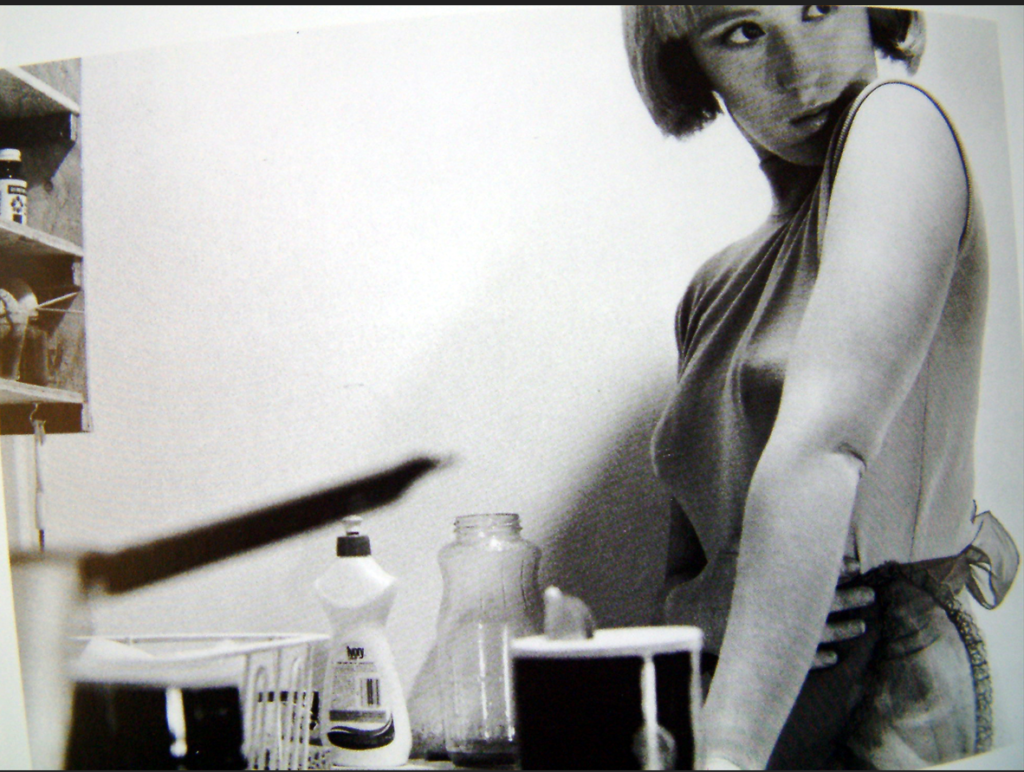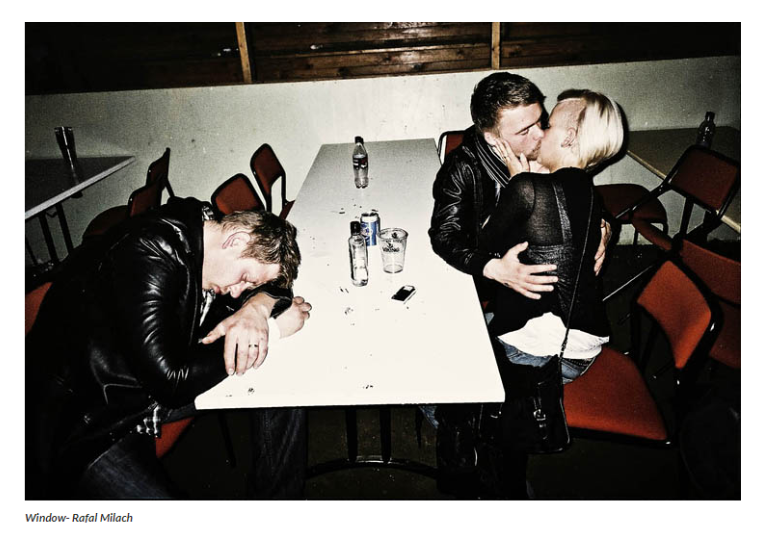Photography has changed how we see the world around us, and learning about its beginnings helps us understand why it’s so powerful. Two of the first types of orgin of photography were the Daguerreotype, made by Louis Daguerre in 1839, and the Calotype, invented by William Henry Fox Talbot soon after. The Daguerreotype produced sharp, detailed images on metal plates. The Calotype used paper negatives, which gave the images a softer, less clear look but allowed photographers to make copies.
John Szarkowski, in The Photographer’s Eye, said that photography could either be a “mirror” of the photographer’s view or a “window” into the real world, showing things as they are. Since the Daguerreotype was so detailed and clear, it could be seen as a “window” into reality. However, the Calotype, with its softer, more artistic appearance, might be more of a “mirror”. Szarkowski also said, “is it a mirror, reflecting a portrait of the artist who made it or a window, through which one might better know the world” ” I agree with this because, when you are looking through a window it gives you an outsight to the world, you can see views and it holds power.
They have elements of reality, subjectivity and there’s this element between objectivity vs subjectivity when it comes to mirrors and windows. They protect us from things such as rain and we can always look out of them to see a view or to see what is going on in the outside world. However a mirror is a reflection of you or what you can see in the reflection. It shows insight on you as a person which is why I agree with this quote. Windows and mirrors are so similar yet so different within the sense of photography.

I have chosen this image to intimate a mirror image. This particular image (Cindy Sherman) shows us how society shapes us and manipulates into how we think. This photograph seems to be a reflection of a women who may be a mother with cleaning supplies doing house chores – stereotypical women who cooks and cleans for a man. You have to consider how these roles whether in media or in reality were usually created by powerful men.
Cindy Sherman’s photos represent patriarchal representations of women in Hollywood B-movies by employing Laura Mulvey’s concepts of the window and mirror. Mulvey argues that traditional cinema often objectifies women for male pleasure, positioning them as passive subjects ‘the male gaze’. Her images act as a window into female identity, challenging stereotypes.
In nearly every photograph, Sherman is shown alone, making her fictional character the subject of these photographs and also the object of the viewer’s gaze. This has been a stereotype for many years and still is to this day. This photo you could argue is showing awareness for this current issue. This image is subjective because its a photo that explores the inner psyche and human condition rather than reflecting the outside world. This ties into John Szarkowski’s idea that “the photograph is a record of our experience and an interpretation of it”. However Jed Perl argues that focusing too much on staging can create a distance between the viewer and the emotions of the image. He believes that photography should capture real life moments.

The second image I have chosen is representing a window image, which is objective. Many philosophers would use the term “objective reality” to refer to anything that exists as it is independent of any conscious awareness of it. Ralaf Milach photograph about windows really captures the idea of photography as a window into reality and shows us how we shape and can change the world around us. It shows a simple scene like an open window with light pouring in. Szarkowski says, “the photograph is a window on the world,” proving how photos can show us things we might miss when we’re busy. Photographs are a quick snapshot but can tell us so much more about a particular thing or place and gives us an insight onto our everyday life.
Jed Perl argues that “photographs are not mere windows but complex interpretations of reality.” This makes us think about how photography isn’t just about showing things as they are they are trying to show us about life and things we may miss whilst doing day to day things. I think that Milach photographs are straightforward and they come from the photographer’s unique point of view. This contrast between Szarkowski’s and Perl’s ideas sparks a “debate” about how we look and interpretive images. Milach image feels like an open invitation to explore our surroundings, but Perl reminds us that each photo tells a story shaped. This balance between showing reality and expressing personal vision is what makes photography so interesting.
Conclsuion
In looking at Szarkowski’s and Perl’s ideas, we get a look into about what photography really means and how we picture it. Szarkowski thinks of photos as “windows on the world,” meaning they give us an objective look at reality. But then there’s Perl, who thinks the opposite. He argues that photos are more than just clear windows; they’re shaped by the photographer’s personal experiences and feelings. This means that even a picture that looks straightforward can tell a deeper story, it can tell us so much about our selves and our lives. It has elements of romanatzium, still life and everything to do with photography. The two images I talked about really highlight these different ideas. Milach photo fits with Szarkowski’s view, presenting a simple scene that feels relatable. But Perl’s take reminds us that there’s more to think about, like what is the image really trying to portray?
In the end, the balance between objectivity and subjectivity in photography helps us understand both the world around us and the personal stories behind the images. It makes us appreciate photography and shows us every picture holds both facts and feelings that connect us in different ways which may be for good or for worse.

Ellie, this is an assured piece of writing; demonstrating a confident approach to analysing differences/ similarities between image that are mirrors and windows. Intelligent use of references from literary source are employed where appropriate that provides critical perspectives and allows for further comments to advance argumentation.
I have made some minor changes/ suggestions directly into your text:
strikethrough = delete
small comments in brackets = add/ consider improving
Clearly, you have good essay writing skills and understanding that will serve you well in your Personal Study. I encourage you to make good use of knowledge gained from other subjects that may be useful too, such as Media Studies etc.
15/18 = A
Well done and keep going…